The Science Behind an IPL Photofacial
IPL utilizes very powerful pulses of light to address skin issues. These pulses are absorbed by the blood in vascular irregularities, resolving them effectively. When pigmented lesions are being addressed, the light is absorbed by the melanin pigment in the skin.
After the procedure, the tissues that have been treated are naturally and safely removed by the body. Once this has fully taken place, the patient can enjoy clearer skin that is free of any issues.
What Makes IPL Photofacials Different from Laser Treatments?
Laser treatments and IPL photofacials are similar in many ways. However, IPL uses multiple wavelengths of light instead of a specific one. Because of this, the impact is spread out and less focused compared to laser treatment.
An IPL photofacial is generally safer and more effective in treating skin unevenness. An IPL photofacial’s light waves reach the inner layer of the skin (the dermis), leaving the outermost layer (the epidermis) relatively unharmed. As a result, the damage to the skin is minimized.
Am I a Good Candidate?
If you have skin issues like unwanted pigmentation irregularities, redness, or wrinkles, you may be an ideal candidate for an IPL photofacial. This treatment is most effective for skin tones from pale to light brown.
The treatment is not recommended for pregnant women, men and women suffering from a clinical skin condition, and adults who are on medications for other health conditions.
Additionally, an IPL photofacial is not recommended for those who have dark skin, are sensitive to light, have recently tanned skin (natural or artificial), are suspected to have skin cancer, or are using topical retinoid formulations.
Preparing for an IPL Photofacial
Preparing for an IPL photofacial involves protecting the skin from direct sunlight and from tanning creams or beds for a few weeks. Chemical peels or waxing should be avoided for a couple of weeks before the treatment. Avoid application of perfume or deodorant on the day of your appointment.
The Process
At the start of the IPL photofacial treatment session, a topical numbing cream may be applied to the patient’s skin. This allows for a more comfortable treatment process.
Next, the IPL handpiece is used to treat the skin with pulses of intense light. The handpiece is carefully calibrated to ensure high-quality results.
Typically, patients undergo four to six treatment sessions. At least three weeks must pass between each session in order to give the skin time to heal.
IPL Photofacial Aftercare
Recovery is quick, and no downtime is needed. Noticeable improvement in the skin is visible within a few weeks. During this time, it is highly advised to protect the skin with sunscreen and to keep it moisturized.
How Much Does an IPL Photofacial Cost?
The cost of a patient’s IPL photofacial is dependent on factors like the exact skin issues being treated. Price can also be impacted by the number of IPL photofacial sessions needed to resolve these skin issues.
Find Out More
For more information about IPL photofacials, schedule a consultation with Ganchi Plastic Surgery in New Jersey. During your consultation, our experienced professionals will discuss whether this treatment is suitable for your skin. You may also wish to explore our other non-surgical cosmetic procedures and learn more about our practice to understand our comprehensive range of services.
